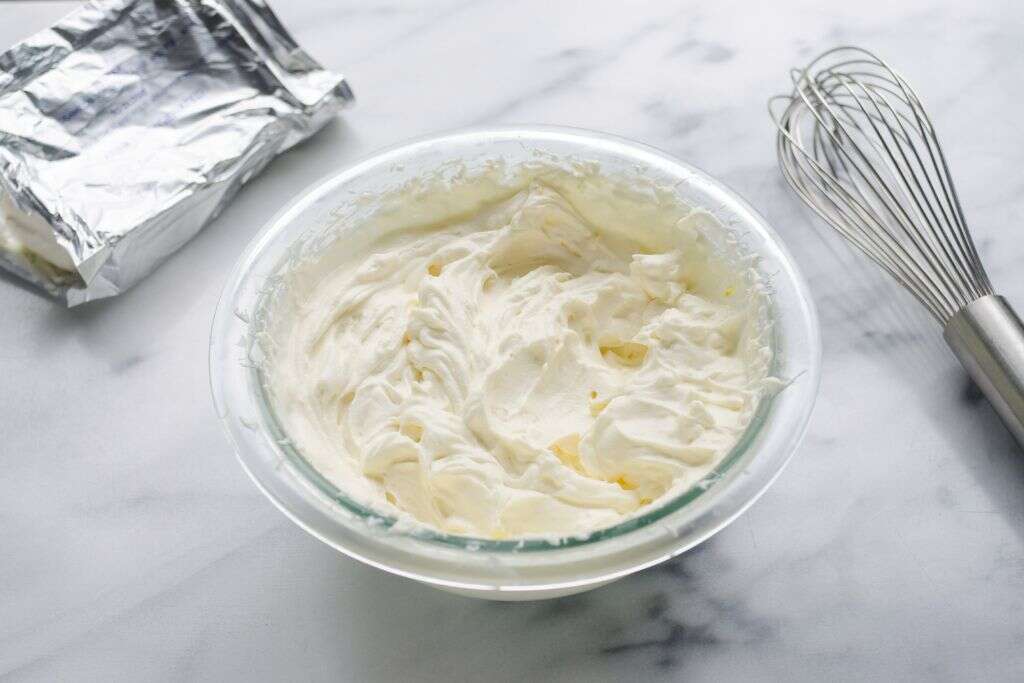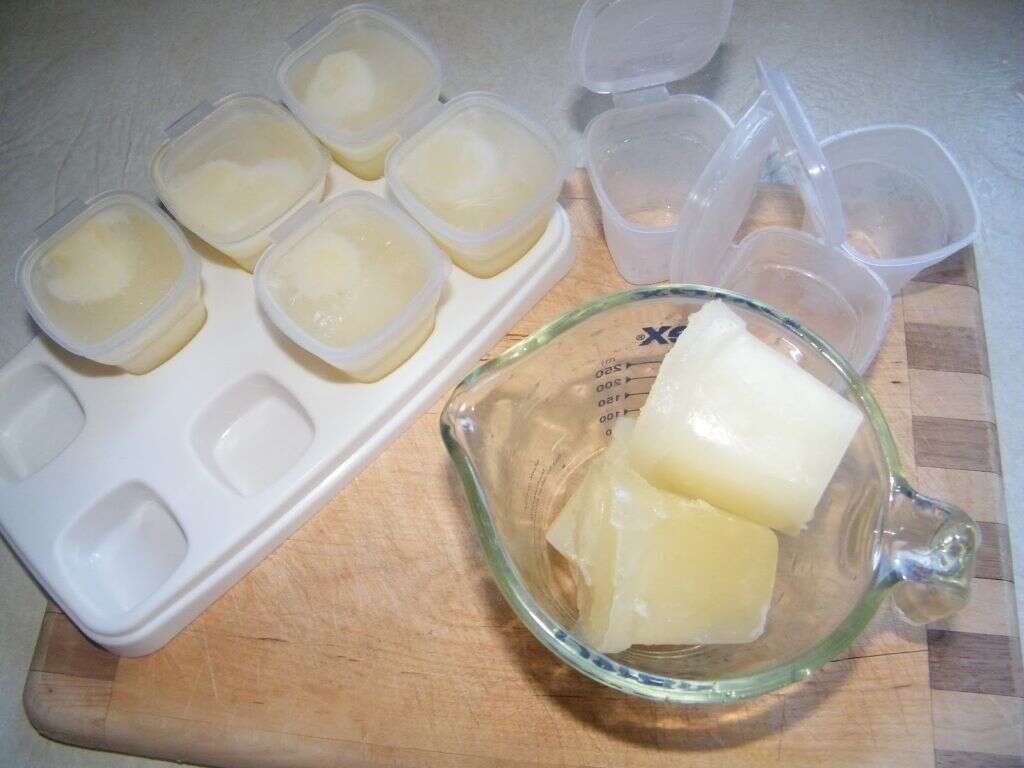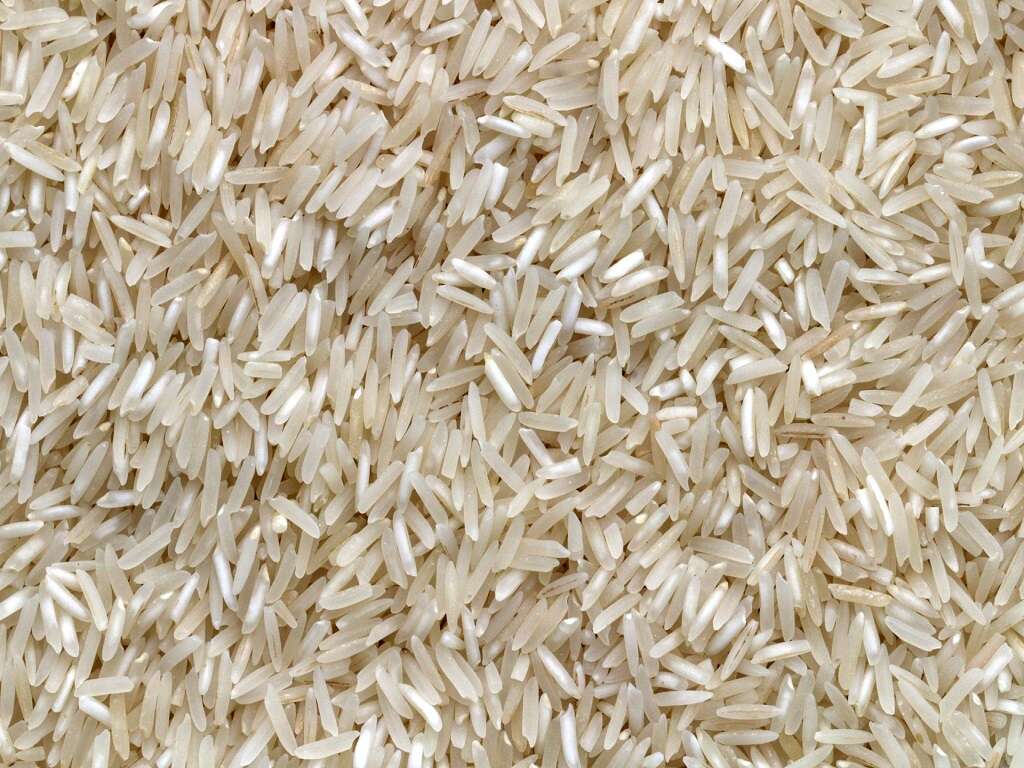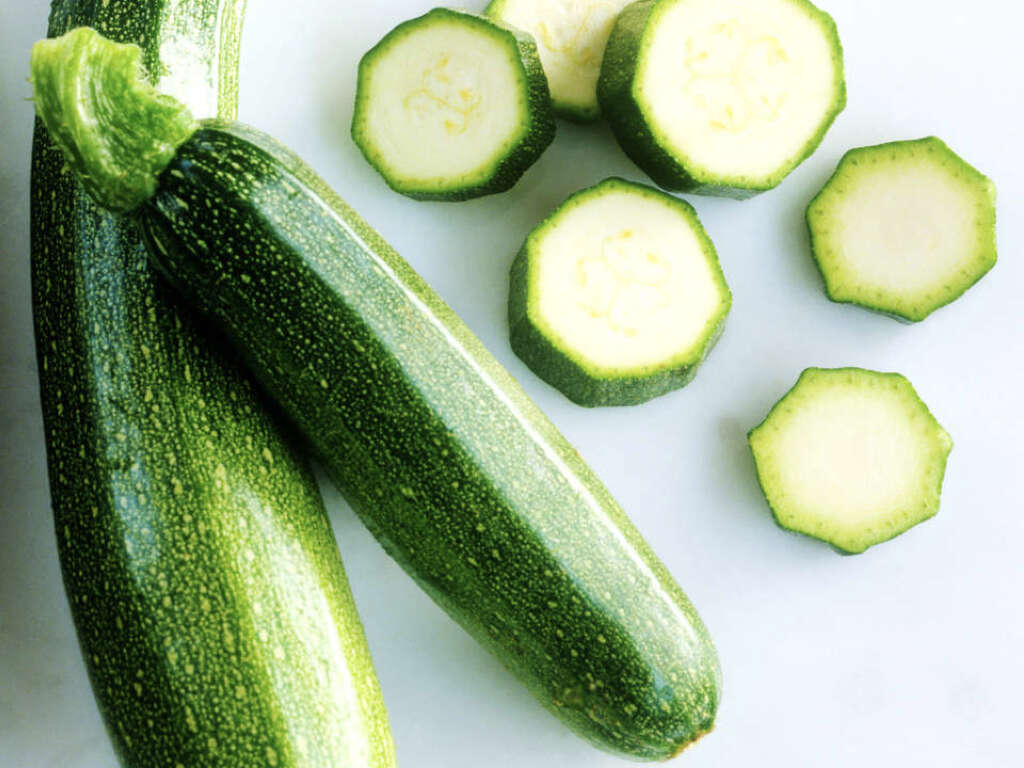Can You Freeze Cream Cheese?
The soft, creamy texture of cream cheese helps to make it easily spreadable. For many people, it is a delicious and healthier alternative to butter and other spreads that are high in fats and/or sugar. It is also great in cooking, and there is nothing quite like a delicious cheesecake after a good meal.
As with other dairy products, however, cheese does not keep well for long. If you have a lot of it, and you are unlikely to use it in time, it is likely to perish meaning you will have to throw it away. The good news is that you can freeze it, and here’s a few tips on getting the best results.

1. Fresh
It is true that frozen foods remain in their current state of freshness better when we freeze them, which is why we freeze them in the first place. That does not mean to say that it does not deteriorate at all, however, and you should only try and freeze cream cheese that is fresh. Even if you try to freeze a cream cheese that has not passed the expiry date, but is close to it, you are unlikely to get the desired results. Leave it too close, and you are likely to end up with cheese that is unpalatable and has a ruined texture.

2. Separate
When freezing cream cheese, it is good to try and think ahead of what you might need in the future. For example, if at some point in the future you just want a small serving of the cheese from the freezer, you are going to find it inconvenient if the cheese is in one large block. Before putting your cream cheese in the freezer, separate it into separate portions first.
This way, when you need some, you can take out just what you need without having to thaw out the rest. It also makes it more convenient because you can have ready-made servings ready to use.

3. Keep the Foil On
When you buy cream cheese from the supermarket, it usually comes in a cardboard box. Inside the box, the cheese will be wrapped and sealed in foil to help keep it fresher for longer. It might be tempting to remove the cheese from the foil, but you should keep the foil on instead.
The foil is helpful in that it will help to keep cheese safe in the freezer. It can help to protect the cheese against freezer burn and can also help the cheese to keep its shape. It can also help protect the cheese from being contaminated by odors and flavors from other foods in the freezer.
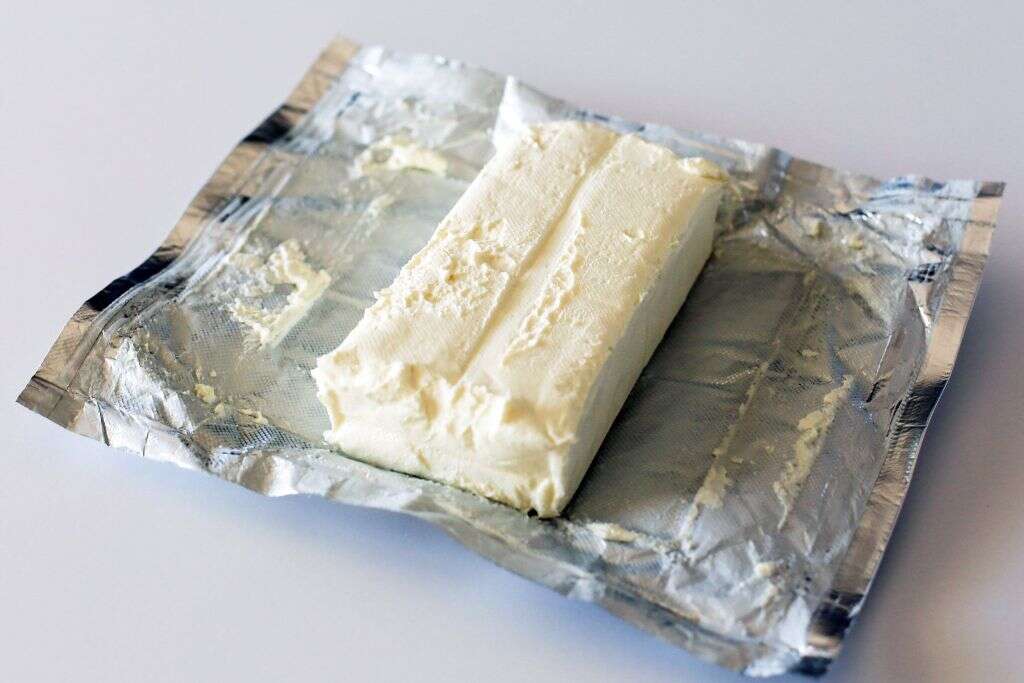
4. Freezer Bags
Don’t place the foil-wrapped blocks of cream cheese directly into the freezer. Instead, you should first place them into a freezer bag or similar. Zip bags are ideal because closing them means that you can completely seal them shut until you need the cheese again. You need to be mindful that any moisture in the air can develop into tiny ice crystals during freezing, and this could cause damage to the cheese.
To prevent this, do your best to remove as much air from the bags as possible before sealing them. Storing the cheese in freezer bags will also help to prevent freezer burn.

5. Use a Container
It is a good idea to use another layer of protection for the blocks of cheese. Before putting them in a freezer, first put the cheese that is wrapped in foil and freezer bags into a sturdy container if you have one. You can also put multiple blocks into a single container if they fit.
This will help to prevent physical damage occurring to the cheese. Bear in mind that other items are also going to be in the freezer and these could crush the cheese if you are not careful. Keeping the cheese in a container can also help make it easier for you to find it when you need it.
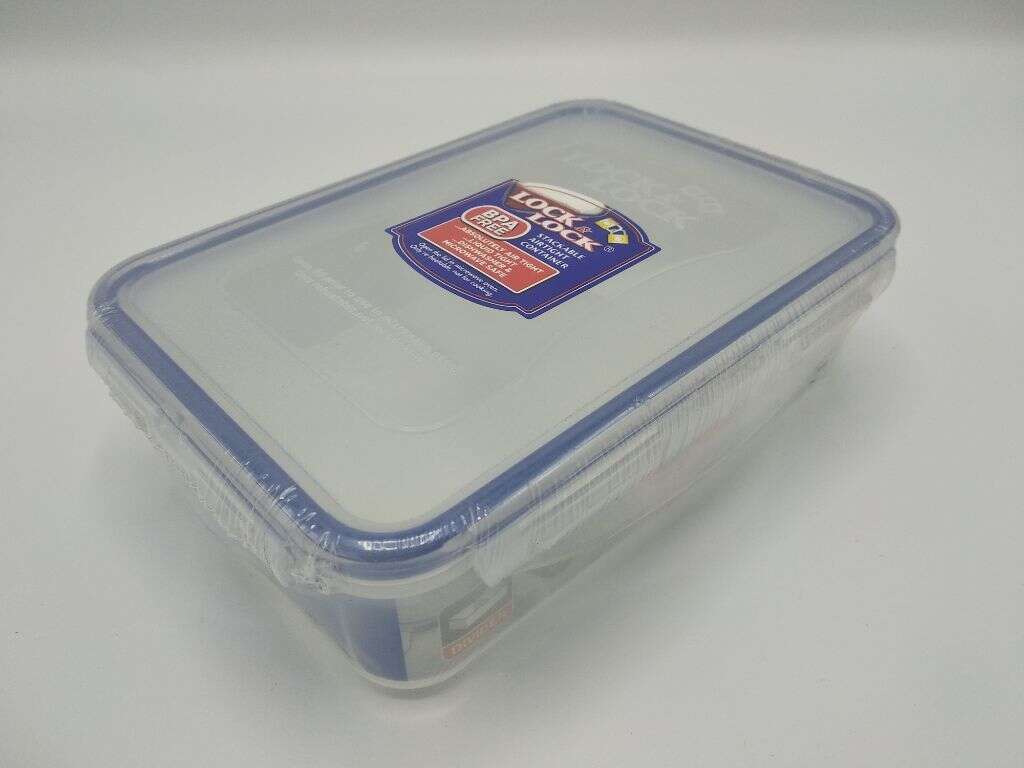
6. Label
One of the biggest mistakes people make when freezing food is to not label it first. It is easy to think you will remember what it is and when you put it in there, but it can be surprisingly easy for us to forget the details altogether. Labelling is quick and easy, and it can save you a lot of hassle at some point in the future.
Make sure to use labels that are suitable for the freezer, and also use ink that will still be clearly visible after it has been frozen for some time. Also remember to label each block individually, even if you are freezing them in the same container.

7. Thawing
Preparing cheese to be frozen is fairly straightforward; thawing it out is when most people go wrong. It is so tempting to put the frozen block of cheese in the microwave to thaw it quickly, but this is the worst thing you can do. Instead, the cheese will need to be thawed out slowly, and this means taking it out of the freezer and putting it straight back into the fridge.
The fridge is still cold but not as cold as a freezer, and the cheese will slowly thaw. This will mean that you will have to try and think ahead when it comes to using frozen cheese.

8. Texture
Freezing food can cause some damage at the cellular level, and it is very difficult to prevent that from happening, especially without access to industrial equipment. Unfortunately, this damage will have some effect on the texture of your cream cheese, but follow the advice given so far and you should still get good results.
With this in mind, and depending on your preference, the cheese you have frozen and thawed might only be suitable for cooking. If this is this case, keep some unfrozen cream cheese in the fridge in case you want to eat some just as it is.

9. Flavor
Cream cheese usually has a very delicate flavor, but this helps to make it ideal as a spread on bagels and croissants. Some cream cheeses also have other ingredients for added flavor, such as certain fruits or herbs. The good news is that the cheese should be able to retain the majority of this flavor even through the freezing and thawing process.
If you are somebody with a refined palate, however, the slight loss in taste might be too much for you to fully enjoy the cheese. This is another good reason for some people to keep some fresh, unfrozen cream cheese in the fridge.

10. Add Milk
If your frozen cheese loses its creaminess once it has thawed, you can help to restore it to its former glory. You will first need to make sure that the cheese has thoroughly thawed, following the advice earlier in this article. Then, you should leave it out and make sure the cheese reaches room temperature.
Then, take a bowl, add in the cheese, and add just a little milk. Put the cheese in the microwave for a few seconds on the lowest setting, remove, and then stir in the milk. Keep on stirring until the cheese regains the smooth texture it had before it was frozen.
